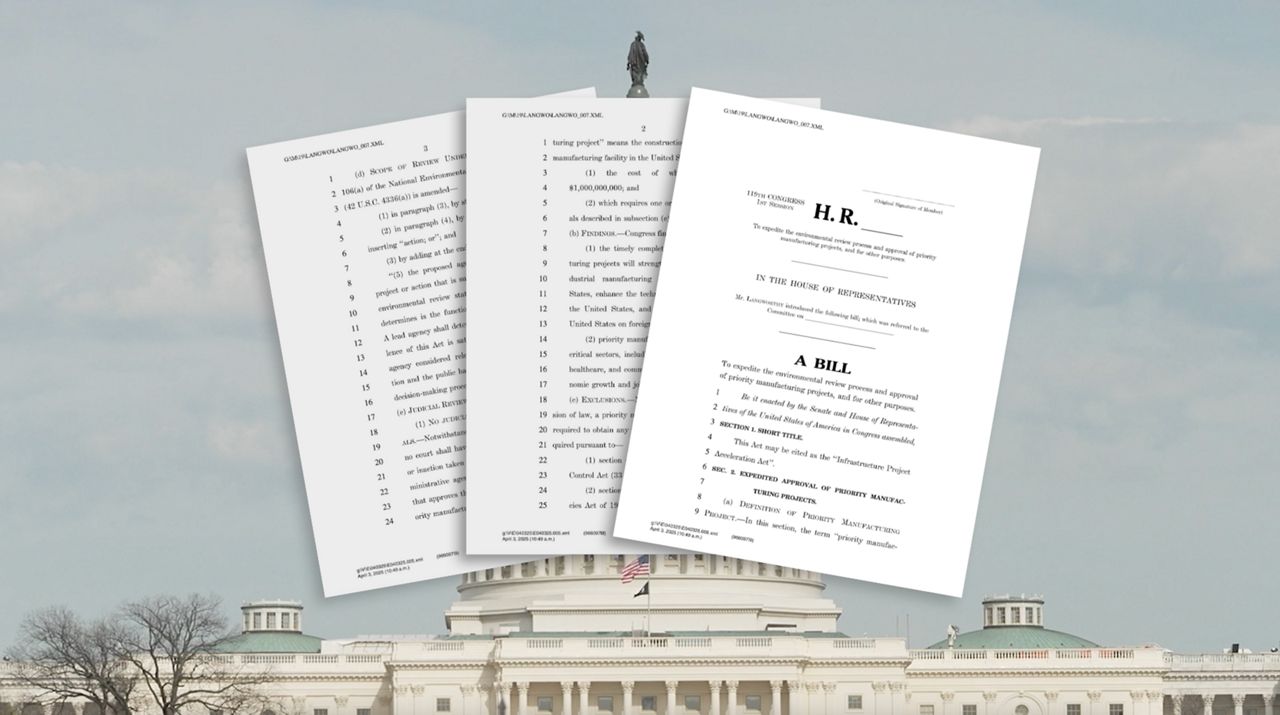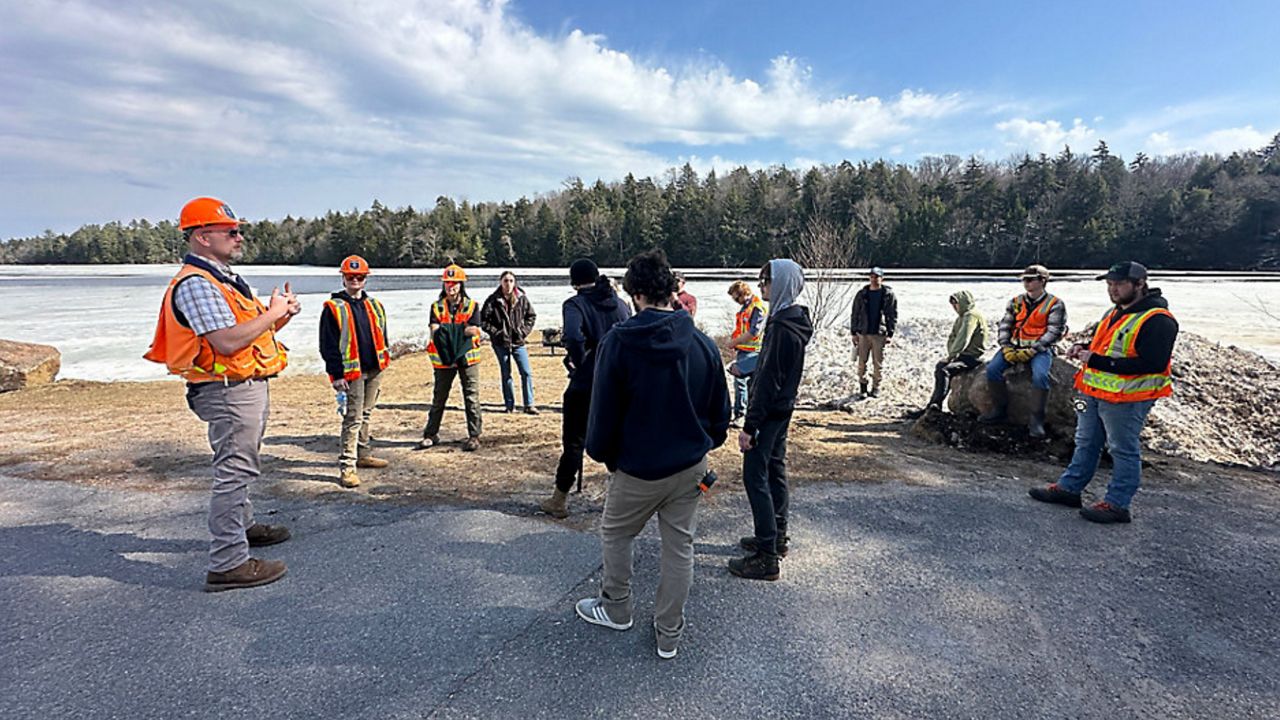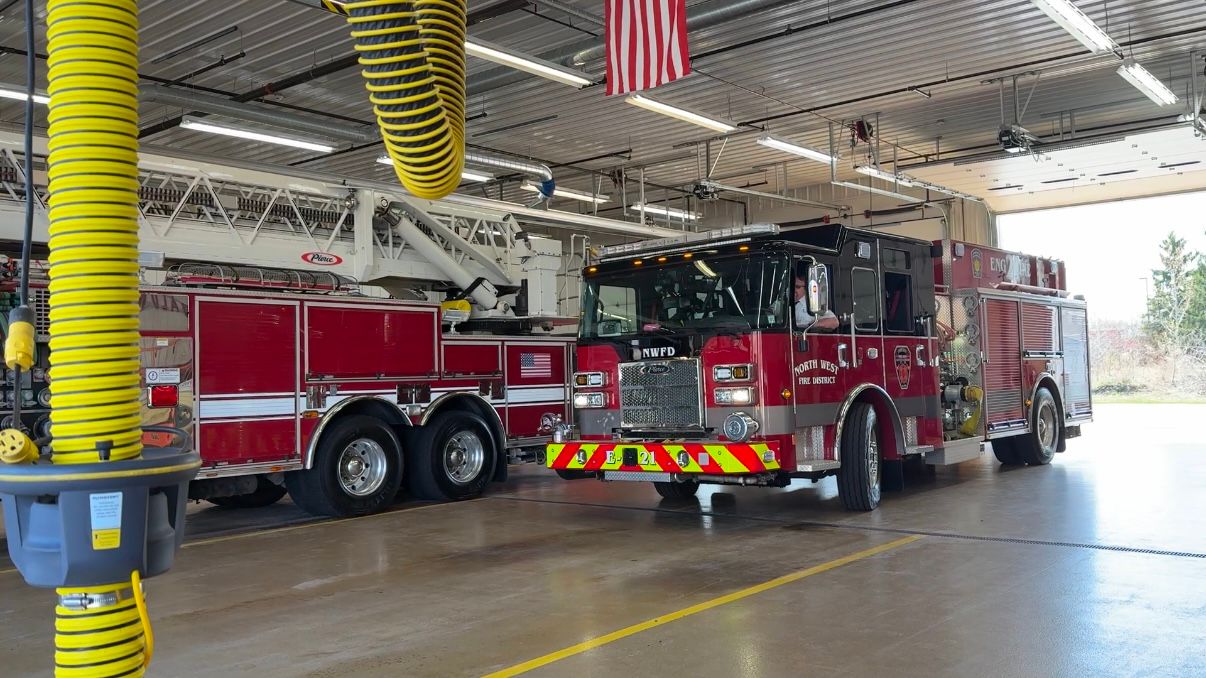In a world where giving often seems reserved for the wealthy, teaching philanthropy to children has never been more important. Philanthropy is for everyone — regardless of age, background or wealth.
One children’s book author and philanthropy consultant, as well as a family that gives back, are all spreading the message of giving back to future generations.
Sisters Leah and Katie Hudgeins volunteer at least two days every weekend helping their church and youth athletes.
“I love helping people," said Katie. "And it gives me something to do on Saturdays and Fridays. I don’t know, I just love volunteering.”
Teaching philanthropy is something philanthropy professional Megan George has made a career out of, focused on adults, until recently.
“During COVID, I was home with my own young children, and I realized they were really fascinated by the idea of philanthropy," said George. "Why would people give away their money? Why would they give away their things? They’re never going to get them back? I'm going to write a book about this."
Inspired by her own children, she wrote "What’s Philanthropy to Philomena?" — a book aimed at introducing young readers to the concept of charity and generosity.
“It’s not just limited to the wealthy," said George. "Or those perceived to be the most affluent. Because all of us have something to give."
George said children can learn the value of giving in simple ways, whether it’s donating toys or volunteering their time. And for some, like Katie and Leah, the lesson starts at home, their dad John says.
“We’re teaching them the act of service," John Hudgins, a father of 13 children, said. "It’s servant leadership. You can do good things for people without any expectation of a paycheck. That comes from the heart.”
Hudgins said his 13 children are learning the importance of service through hands-on experiences.
“When I see the little kids’ faces, especially like helping in the little gym, when they, score or when they hear the buzzer," said Leah, "it makes me feel really good."
Philanthropy is a lesson that can change lives and can actually give back to the giver ten-fold, according to psychologists.
It provides a vital lesson to teach our youth to help improve their own mental health and their community.












